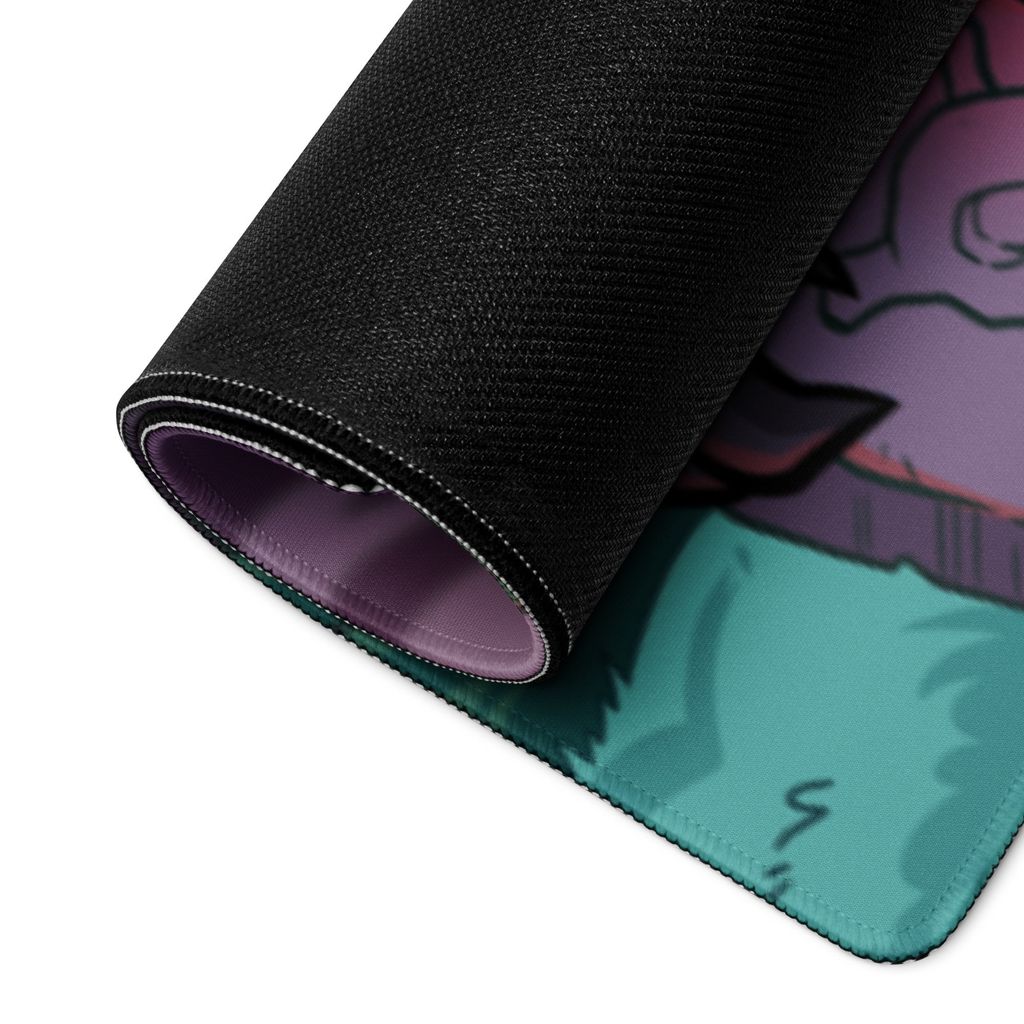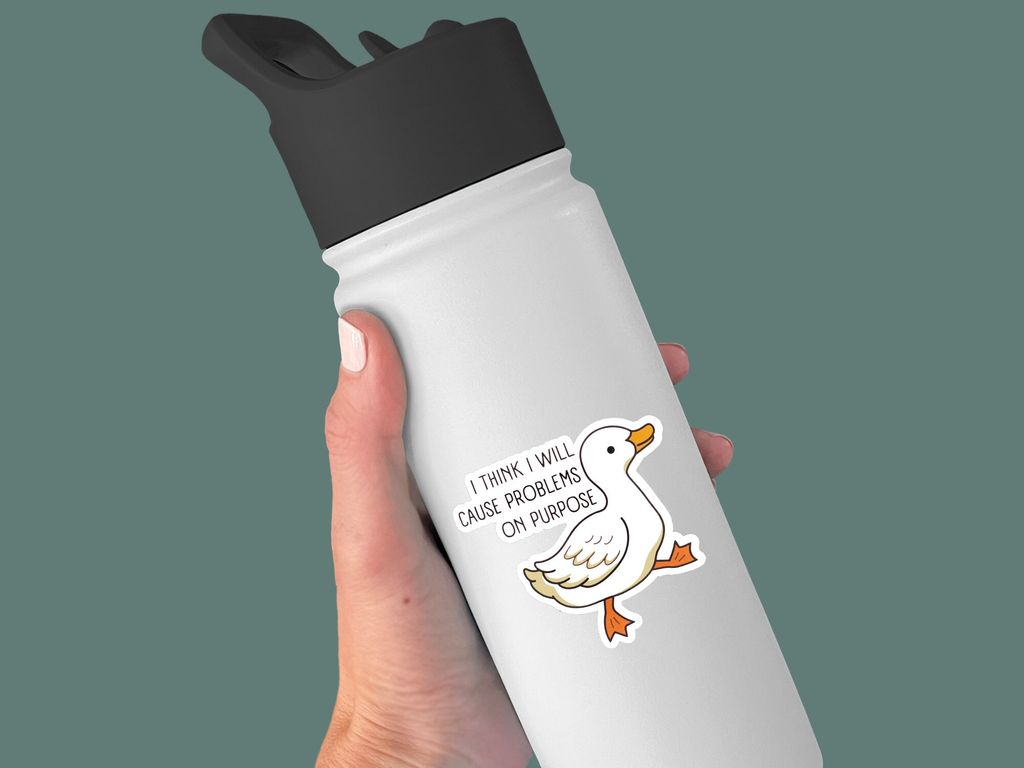
Prevent Slipping on Your Yoga Mat: Tips and Tricks
Slipping on your yoga mat can be frustrating and even dangerous. In this article, we will explore various tips and tricks to help you prevent slipping during your yoga practice. From choosing the right yoga mat to enhancing grip and stability, we've got you covered!
Key Takeaways
- Choose a yoga mat with the right texture and grip for your practice.
- Regularly clean and disinfect your yoga mat to maintain its grip.
- Consider using a yoga towel for added grip during your practice.
- Hydrate properly, especially during hot yoga, to improve your grip.
- Practice proper alignment and posture to enhance stability during yoga poses.
Choosing the Right Yoga Mat
Understanding different materials
The foundation of a good yoga practice starts with the right mat, and the material it's made from plays a crucial role in grip and comfort. Natural rubber mats offer excellent traction and are eco-friendly, but may not be suitable for those with latex allergies. PVC mats are durable and provide good cushioning, but lack eco-friendliness. TPE (Thermoplastic Elastomer) mats strike a balance with moderate grip, cushioning, and are more environmentally conscious than PVC.
Eco-friendliness and durability are often the trade-offs when selecting a yoga mat material. Here's a quick comparison:
- Natural Rubber: Eco-friendly, great grip, potentially allergenic
- PVC: Highly durable, less eco-friendly, good for cushioning
- TPE: Balance of grip and eco-friendliness, less durable than PVC
Remember, the choice of material not only affects your practice but also the environment. Consider the lifecycle of the mat and your personal allergies when making a selection.
Considering thickness and density
When choosing a yoga mat, thickness and density play a crucial role in providing the right balance of support and stability. Thicker mats offer more cushioning for joints, while denser mats provide better stability for balancing poses.
It's important to consider your personal preferences and the type of yoga you practice when selecting the right thickness and density. Here's a quick comparison of the two factors:
| Thickness | Density |
|---|---|
| 4mm | Medium |
| 6mm | High |
This table provides a simple overview of the relationship between thickness and density, helping you make an informed decision based on your specific needs.
Tip: For a gentle practice, a thicker mat with medium density may be suitable, while a high-density mat with moderate thickness is ideal for more intense sessions.
Evaluating texture and grip
The texture of your yoga mat plays a crucial role in providing the necessary grip to prevent slipping. A mat with a sticky surface can enhance your stability during poses, especially when your hands and feet start to sweat. However, the stickiness should not compromise the mat's comfort or cause irritation to your skin.
Grip varies widely between different mat materials. Natural rubber mats often offer superior grip, even in moist conditions, compared to synthetic ones. PVC mats, while less eco-friendly, can also provide good traction if they have the right textural design.
Here's a quick comparison of common yoga mat materials and their grip levels:
- Natural rubber: High grip, eco-friendly
- PVC: Moderate to high grip, less eco-friendly
- TPE (Thermoplastic Elastomer): Moderate grip, more eco-friendly than PVC
- Cork: Natural grip, eco-friendly
Tip: Always test the grip of a mat before purchasing by simulating yoga poses on it. This will ensure that the mat's texture aligns with your personal preference and practice needs.
Maintaining Your Yoga Mat
Cleaning and disinfecting
When it comes to cleaning and disinfecting your yoga mat, it's important to use the right products and techniques to ensure its longevity and hygiene. A simple solution of vinegar, baking soda, and a few drops of tea tree oil mixed with water in a spray bottle can effectively clean and disinfect your mat. Remember to wipe it down with a clean cloth and allow it to air dry before rolling it up for storage. Regular cleaning and disinfecting will help maintain the quality and performance of your yoga mat, keeping it fresh and ready for your next practice.
Storing properly
Storing your yoga mat properly is essential for maintaining its longevity and performance. When not in use, roll the mat with the top side facing out to prevent creases and maintain its grip. Avoid storing it in direct sunlight or extreme temperatures to prevent damage to the material. Additionally, consider using a yoga mat strap or bag for convenient storage and transportation. Regularly inspecting the mat for wear and tear is also important to ensure its safety and effectiveness.
Tip: When storing your yoga mat, avoid placing heavy objects on top of it, as this can cause permanent indentations and affect its stability and grip.
Replacing when necessary
When it comes to maintaining your yoga mat, it's important to keep it clean and free from bacteria and odors. Regular cleaning and disinfecting are essential to extend the lifespan of your mat and ensure a hygienic practice. Additionally, proper storage is crucial to prevent damage and maintain the mat's integrity. If you notice signs of wear and tear, it may be time to consider replacing your mat to maintain a safe and effective practice.
Enhancing Grip and Stability
Using a yoga towel
A yoga towel can be a game-changer for those who find themselves slipping on their mat during practice. Not only does it provide an extra layer of grip, but it also aids in moisture management, keeping the surface dry and slip-free. Here are some tips for selecting and using a yoga towel effectively:
- Choose a towel that is the same size as your mat to ensure complete coverage.
- Look for towels made with microfiber as they are known for their high absorbency and quick-drying properties.
- Before each use, lightly spritz your towel with water to enhance its grip.
Tip: Always ensure your yoga towel is properly aligned with your mat to prevent bunching and maintain stability throughout your practice.
Remember, a yoga towel is not just for those intense, sweaty flows; it's a versatile tool that can improve your overall yoga experience. Regularly washing your towel will help maintain its quality and effectiveness over time.
Applying grip-enhancing products
To further prevent slipping on your yoga mat, consider the use of grip-enhancing products. These come in various forms, such as sprays, lotions, and chalks, and can be applied directly to the hands, feet, or mat surface to provide extra traction.
Sprays are a popular choice for yogis seeking a quick and easy solution. Simply spritz your mat before practice and allow it to dry for a moment. Lotions, on the other hand, can be massaged into the skin, leaving a residue that improves grip. Chalks, often used in gymnastics and weightlifting, can also be effective for those who prefer a dry grip.
- Sprays: Quick application, dries fast
- Lotions: Massaged into skin, leaves residue
- Chalks: For a dry grip preference
Tip: Always test a small area of your mat with the product first to ensure it does not damage the material or reduce its lifespan.
Practicing proper alignment
When practicing proper alignment, it's important to focus on adjusting your hands and feet to the accurate position. This helps keep your body in proper alignment, which is essential for preventing slipping on your yoga mat. Additionally, maintaining a strong core and stable foundation is crucial for stability during yoga poses. Remember to engage your core and ground through your feet for better stability.
Preventing Slipping During Hot Yoga
Choosing a heat-resistant mat
When engaging in hot yoga, the heat and sweat can make it challenging to maintain your footing. Opting for a heat-resistant yoga mat can significantly improve your practice by ensuring the mat does not become slippery when temperatures rise. These mats are specifically designed to withstand high temperatures without losing their structural integrity or grip.
- Look for mats made with open-cell technology or those infused with moisture-absorbing materials.
- Consider the durability and longevity of the mat, as hot yoga can be particularly taxing on your equipment.
Tip: Always check the manufacturer's specifications to ensure the mat is suitable for hot yoga conditions.
While the initial investment might be higher for a quality heat-resistant yoga mat, the benefits in terms of safety and performance during hot yoga sessions are invaluable.
Using a non-slip yoga towel
When using a non-slip yoga towel, it's important to ensure that it provides the extra grip you need for a stable practice. Additionally, consider the following tips for maximizing the effectiveness of your yoga towel:
- Place the towel on your mat before starting your practice to prevent shifting and slipping.
- After use, wash the towel according to the manufacturer's instructions to maintain its grip and hygiene.
Remember, a high-quality yoga towel can make a significant difference in your practice by providing the necessary traction and stability.
Hydrating for better grip
Staying hydrated is not only crucial for your health during a hot yoga session, but it also plays a significant role in preventing slippage on your mat. When your body is well-hydrated, your skin's natural grip is enhanced, reducing the likelihood of your hands and feet slipping. Ensure you drink plenty of water before, during, and after your practice to maintain optimal hydration levels.
Remember, hydration affects your body's overall performance and grip strength. It's recommended to drink at least 8 ounces of water 20-30 minutes before starting your yoga session. Additionally, keep a water bottle handy during your practice to replenish fluids lost through sweat.
Tip: If you find yourself slipping despite being hydrated, consider evaluating other factors such as the mat's material or the room's humidity level.
Hot yoga is a challenging and invigorating practice that requires focus and balance. Preventing slipping during hot yoga is essential to maintain stability and prevent injuries. At Yune Yoga, we understand the importance of non-slip yoga mats and accessories to enhance your hot yoga experience. Our eco-friendly yoga mats are designed to provide exceptional grip, allowing you to flow through your practice with confidence. In addition to our non-slip mats, we offer yoga towels and straps that complement your practice and elevate your performance. Visit Yune Yoga today to explore our range of non-slip and eco-friendly yoga accessories and take your hot yoga practice to the next level.
Conclusion
In conclusion, practicing yoga on a non-slip mat is essential for ensuring safety and stability during your practice. By following the tips and tricks outlined in this article, you can enhance your yoga experience and minimize the risk of injury. Remember to always prioritize safety and comfort when choosing and using your yoga mat.
Frequently Asked Questions
How do I choose the right yoga mat for preventing slipping?
Choosing a yoga mat with a textured and grippy surface, appropriate thickness, and suitable material can help prevent slipping during yoga practice.
How often should I clean my yoga mat?
It is recommended to clean your yoga mat after every use, especially if you sweat a lot during your practice.
Can I use regular towels instead of yoga towels for enhancing grip?
Regular towels can be used, but yoga towels are specifically designed to provide better grip and absorb sweat, making them more suitable for yoga practice.
What are grip-enhancing products and how do they work?
Grip-enhancing products are sprays, powders, or creams designed to improve the grip on yoga mats. They work by creating a tacky surface that enhances traction and prevents slipping.
How can I prevent slipping during hot yoga sessions?
Choosing a heat-resistant mat, using a non-slip yoga towel, and staying hydrated to improve grip are effective ways to prevent slipping during hot yoga.
When should I replace my yoga mat?
You should consider replacing your yoga mat when it starts to show signs of wear and tear, such as peeling, flaking, or loss of grip.


